Apps for Heathens
Disclaimer: I get absolutely nothing (no compensation) for recommending these apps. These are just apps I have on my tablet and smartphone.
—
Yeah, yeah, I know. What could Android apps have to do with Heathenry? Well, my friends, I suspect that the gods have just as much interest in technology as we have. Maybe more. So, the other day, the idea hit me about talking about some Android/Smartphone apps I’ve found interesting, and yes, maybe a bit helpful.
Runic Formulas
I got this image from the Play Store, so you can see the type of runes, bindrunes, and other information they have there. They also allow you to create your own bindrunes with this app. Interesting? Yes. Lots of reference material in this. I’ll probably be looking at this app for a while. If you’re not handy with bindrunes, it has ready-made bindrunes for you. Free (with ads) or pay (without ads).
Rune Divination — Runic Tarot
Although I despise the Runes being called Tarot, I found this little app to be quite useful. I think that anyone who is learning the runes will find this app handy, and it’s easier to bring on trips than your actual runes. (And if you don’t have runestones, that’s okay!)
This app was designed by the same person/group as the Runic Formulas app, and it has a similar feel.
It does do inverses (I don’t) and I believe it has a blank rune if you want it (NOT), but despite that, it is useful. Free (with ads) or pay (without ads).
The Havamal App
I like this app. You can either go through the Havamal by sections, from front to back, or have the app pick out a stanza for today. A nice way to have the Havamal handy.
Learn Old Norse
I thought this was an interesting app to try out. It has lessons and texts so that you can learn the basics of Old Norse and then build up your vocabulary with the challenges. A lot of it is dry, but you may find this app useful, especially when paired with videos on learning Old Norse.
Duolingo
I really can’t talk about good apps without telling you about Duolingo, if you haven’t used it yet. It is a language app that really is the best one out there in my not so humble opinion. Duolingo doesn’t have a lot when it comes to ancient languages, but if you want to learn German, Norwegian, Irish, or Gaelic, you’re in luck. I’ve been learning on Duolingo for two years in my spare time and it works. I love it. It has both paid and free learning. The paid gives you some perks and no ads.
So, there are other apps I use, but these are pretty cool. Check them out and let me know what you think.
—
A huge thank you to Sarah Keene and Roland Lock for making this post possible! They are my patrons on Patreon.
—
Did you know you can become my patron for as little as $5 a month? This entitles you to content not posted anywhere else. Plus you get to see posts like this three days before the public! Without patrons, I’d be having a very hard time keeping this blog going. Become a patron today!Become a Patron!
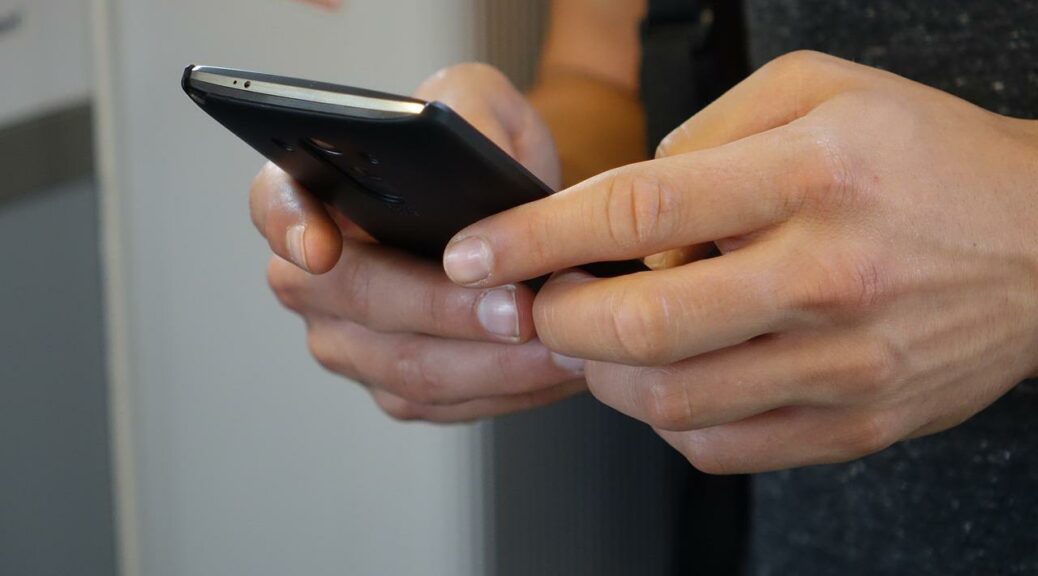
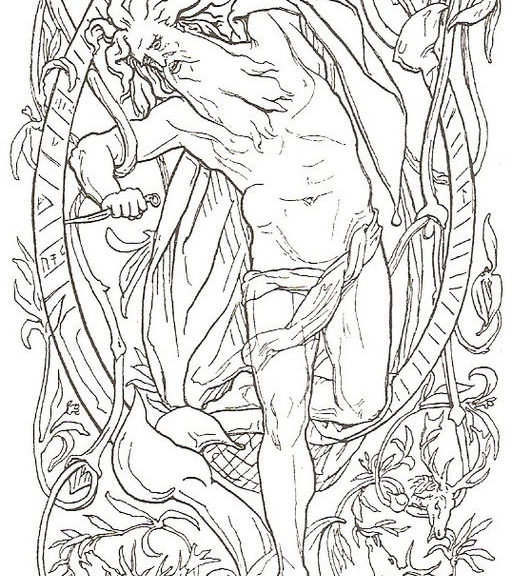


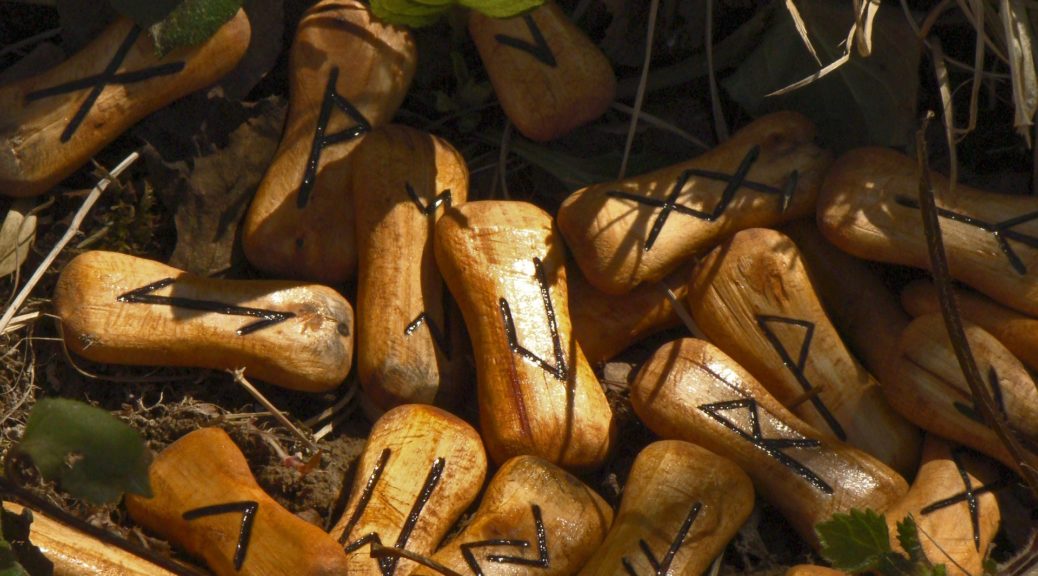
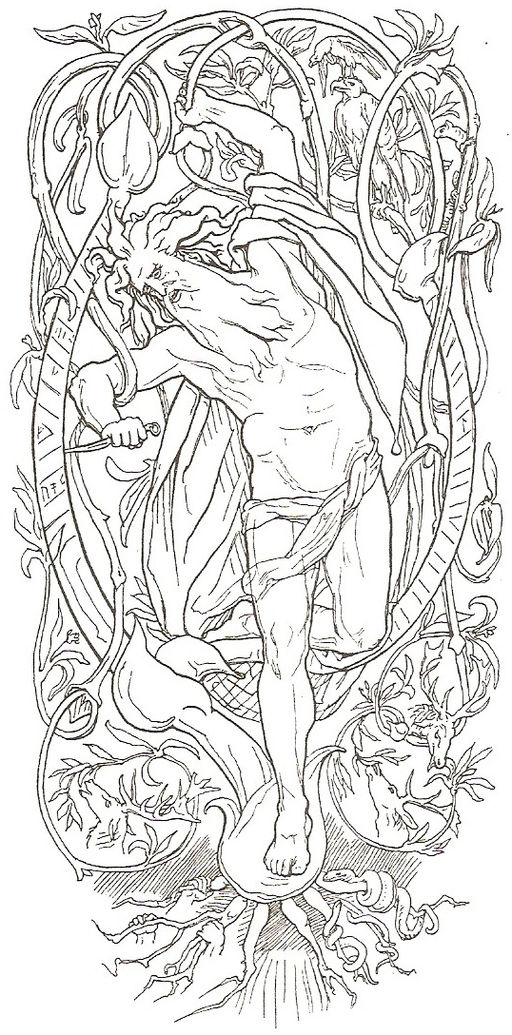

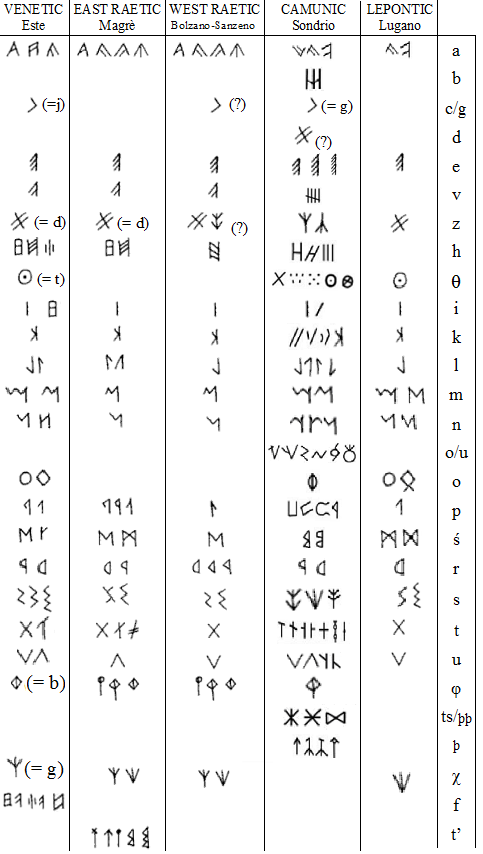 If we look at the runic alphabet from archaeology, we can get a sense for where the runes came from. Even so, it’s sort of a mystery how the runes came into being. We know that the oldest runes, the Elder Futhark, were written as early as 150 AD or CE (Common Era). But whence they came is as interesting as the story in the Havamal. Runes may have be derived from what are called the Old Italic Alphabets, which includes the
If we look at the runic alphabet from archaeology, we can get a sense for where the runes came from. Even so, it’s sort of a mystery how the runes came into being. We know that the oldest runes, the Elder Futhark, were written as early as 150 AD or CE (Common Era). But whence they came is as interesting as the story in the Havamal. Runes may have be derived from what are called the Old Italic Alphabets, which includes the 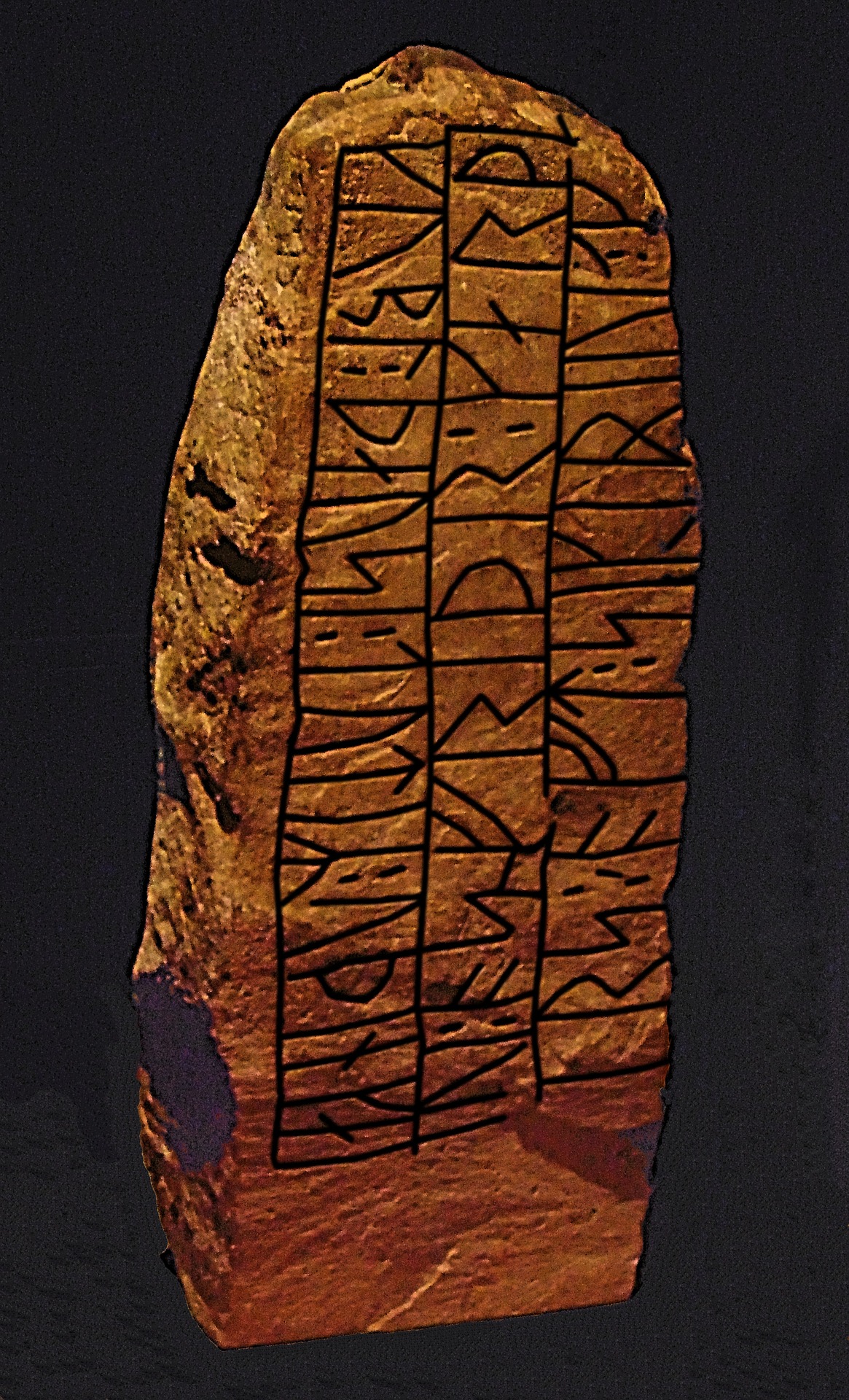 Our ancestors ascribed magical powers to the runes, and it’s not hard to guess why. If you’ve never had a way to keep knowledge available for generations to come other than oral tradition (which had problems with changes over time, and lost information due to untimely deaths), it would seem like magic. Think how magical it would be to have a way for your ancestors to speak to you. Those who could write the runes must have appeared to be very powerful shamans to less learned folk. And those who could read the runes were certainly powerful in knowledge.
Our ancestors ascribed magical powers to the runes, and it’s not hard to guess why. If you’ve never had a way to keep knowledge available for generations to come other than oral tradition (which had problems with changes over time, and lost information due to untimely deaths), it would seem like magic. Think how magical it would be to have a way for your ancestors to speak to you. Those who could write the runes must have appeared to be very powerful shamans to less learned folk. And those who could read the runes were certainly powerful in knowledge.